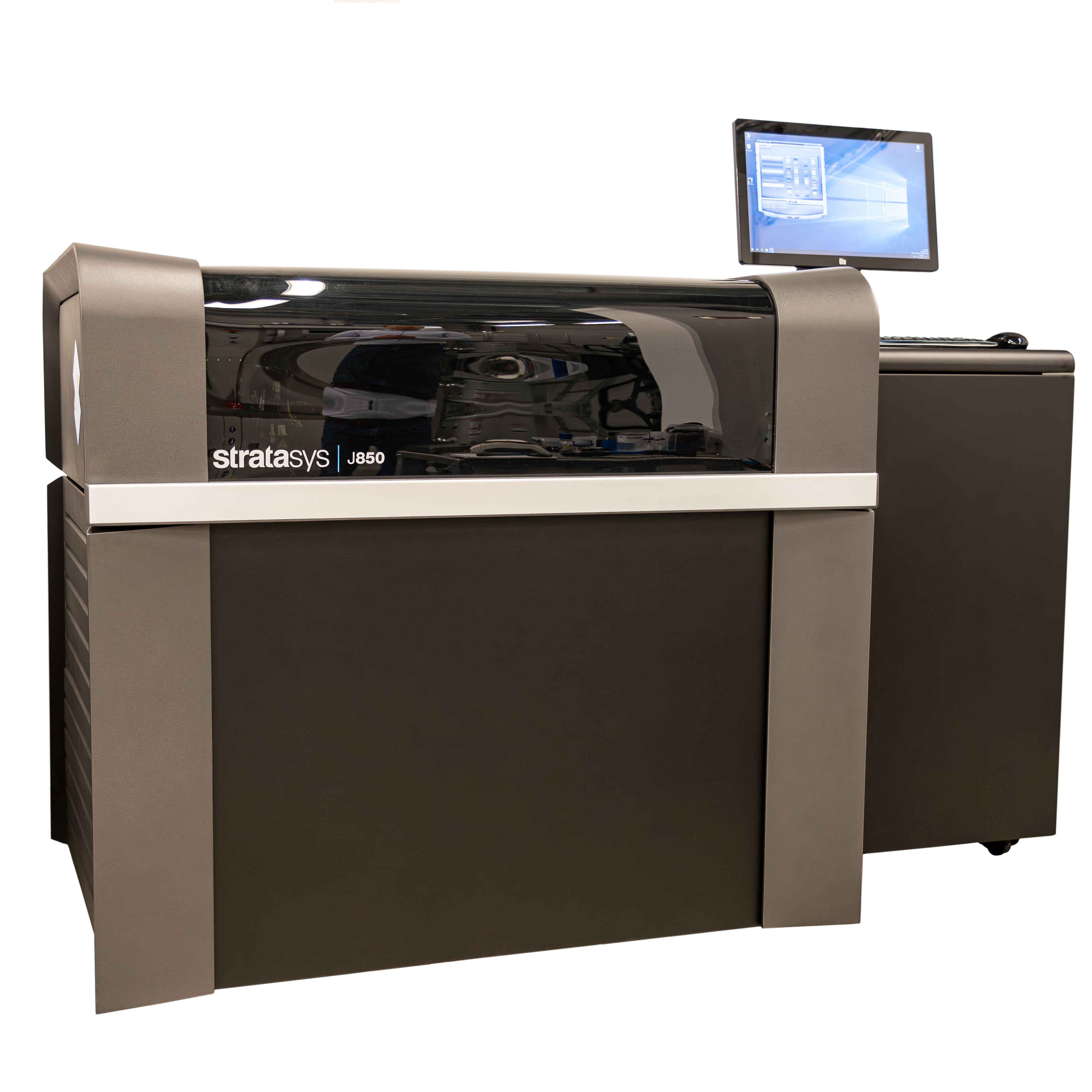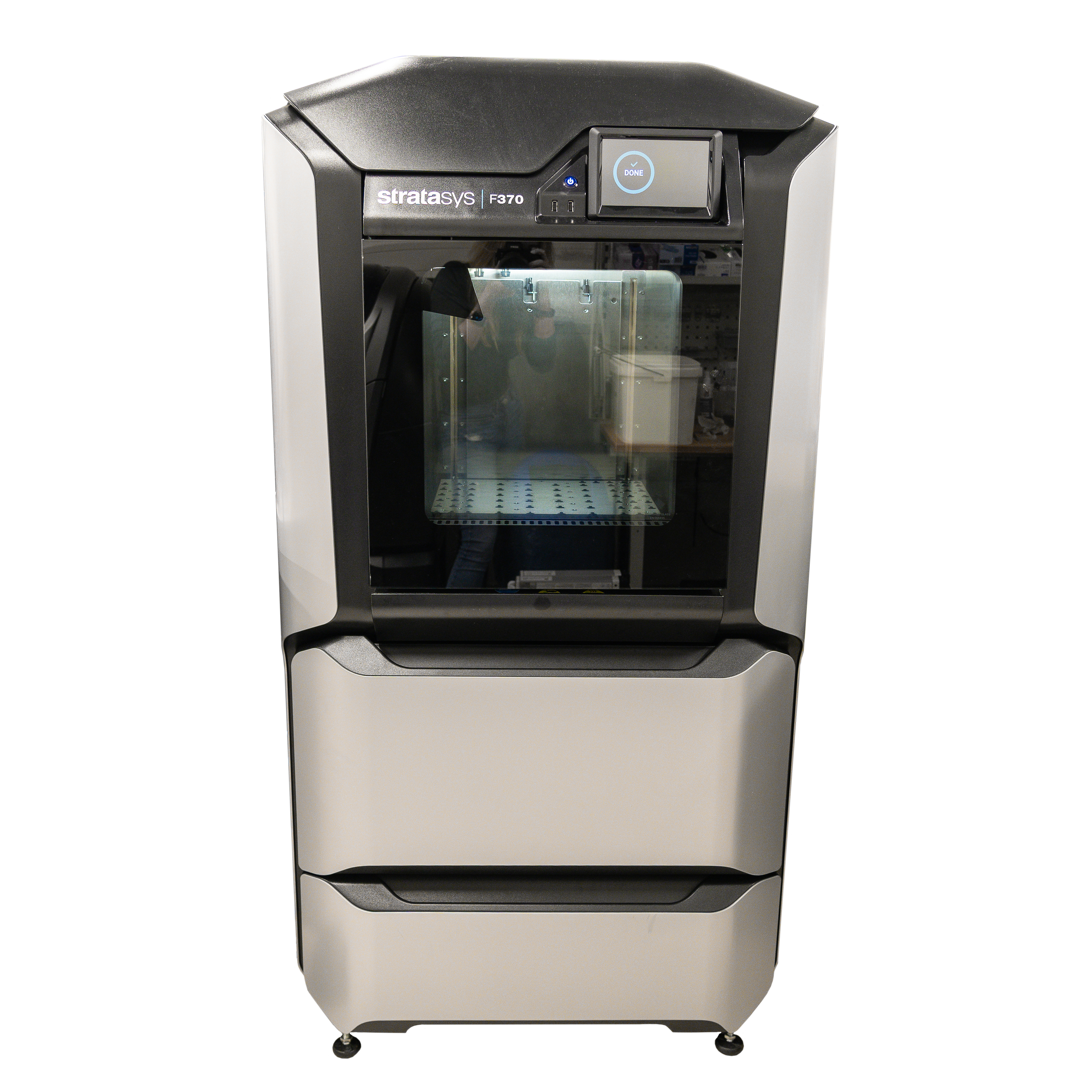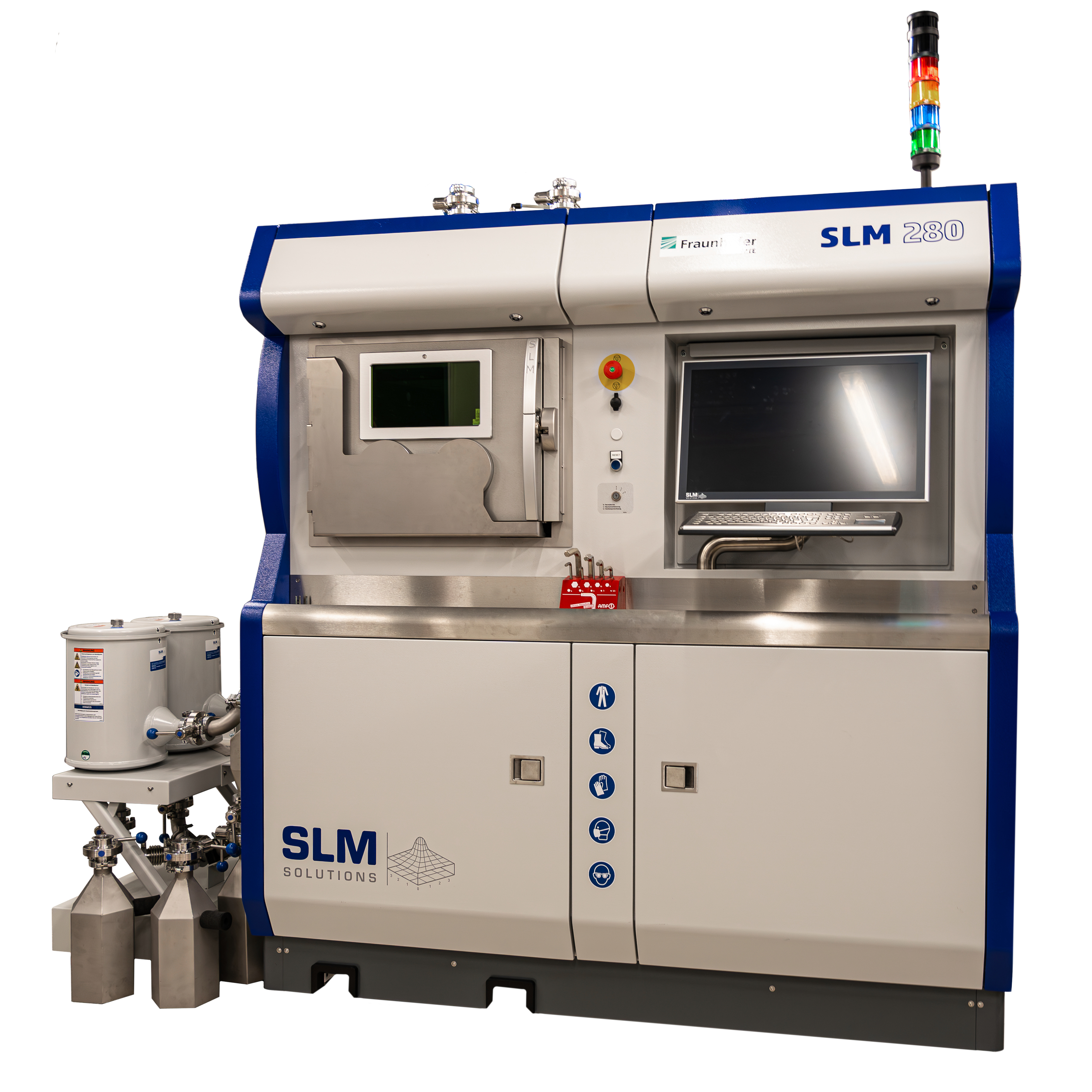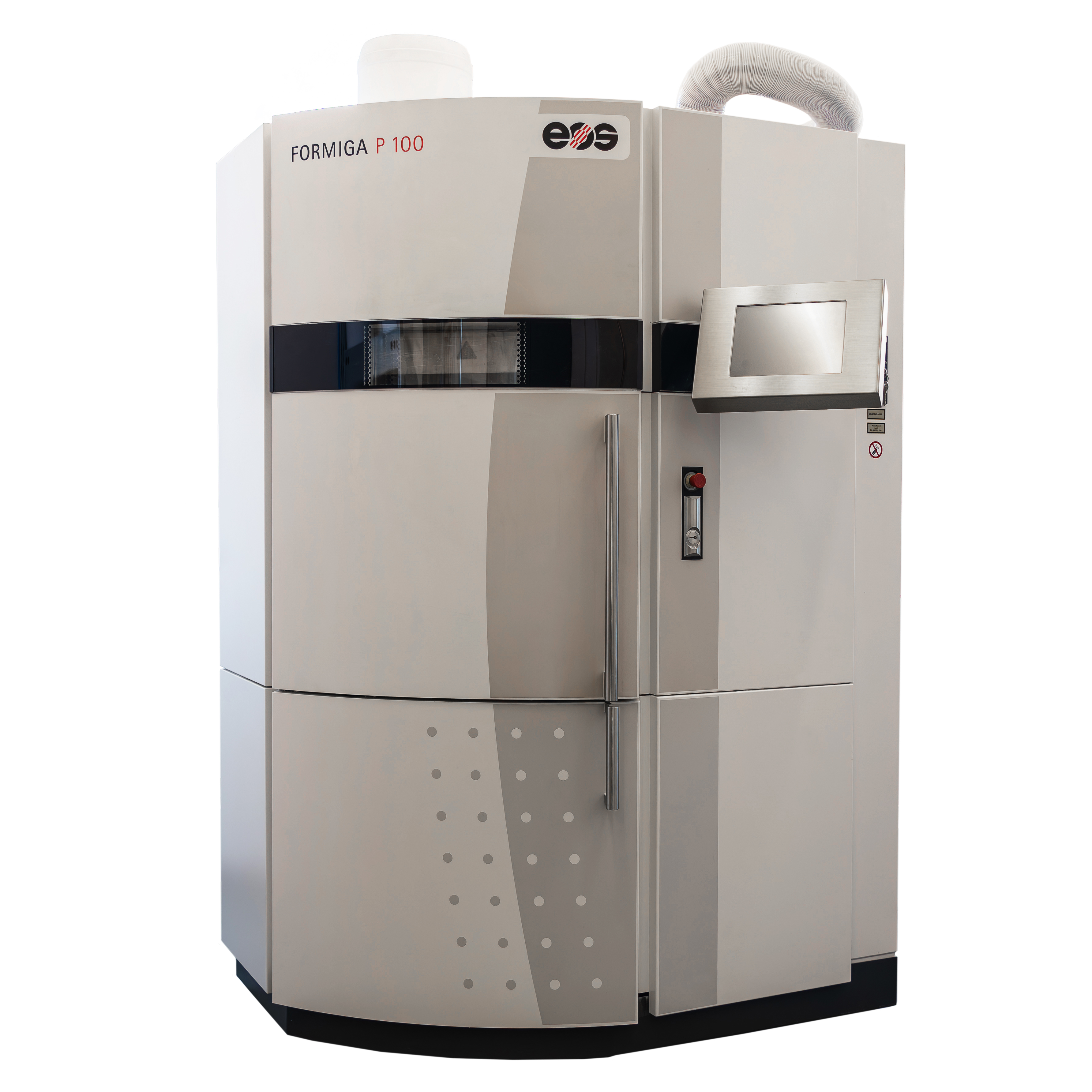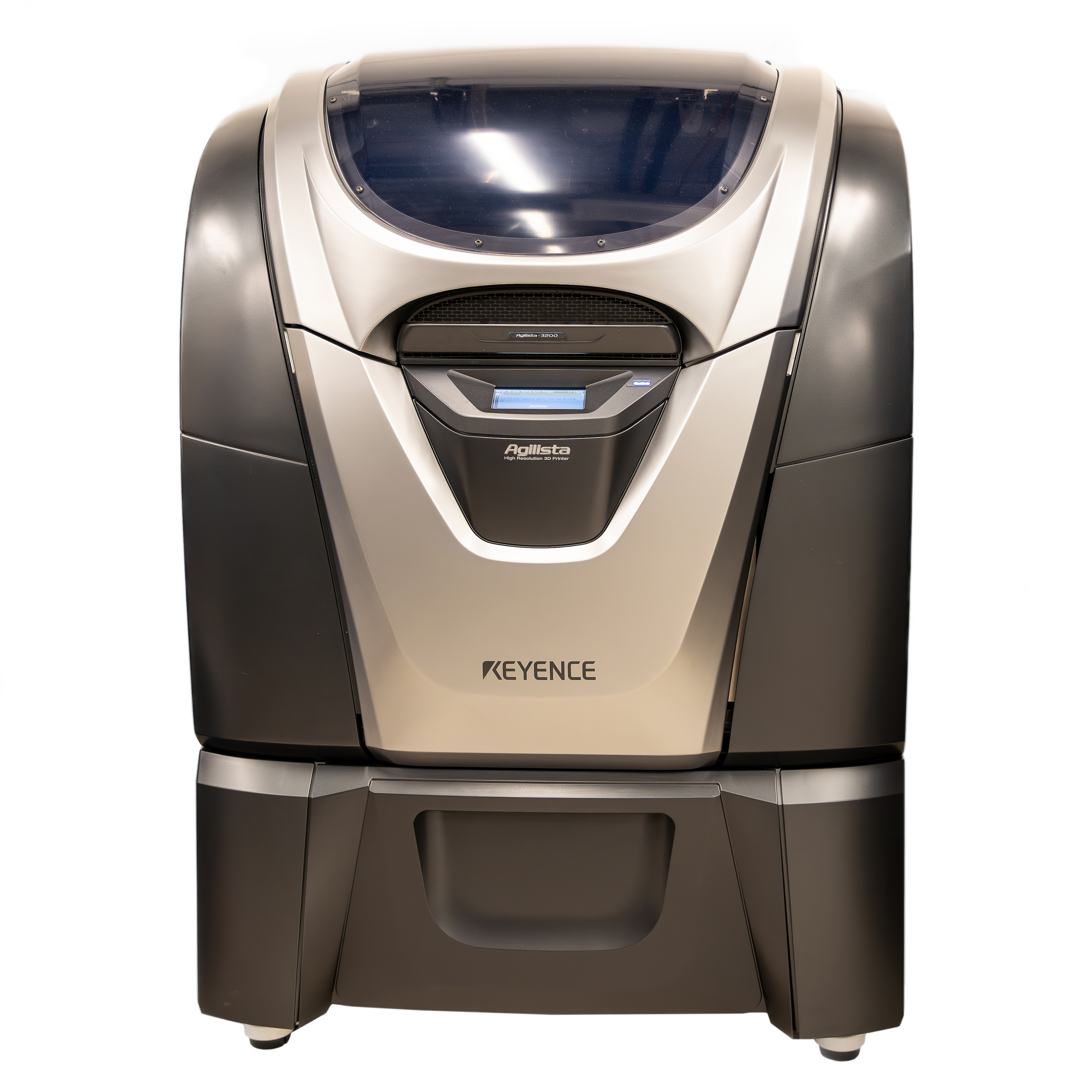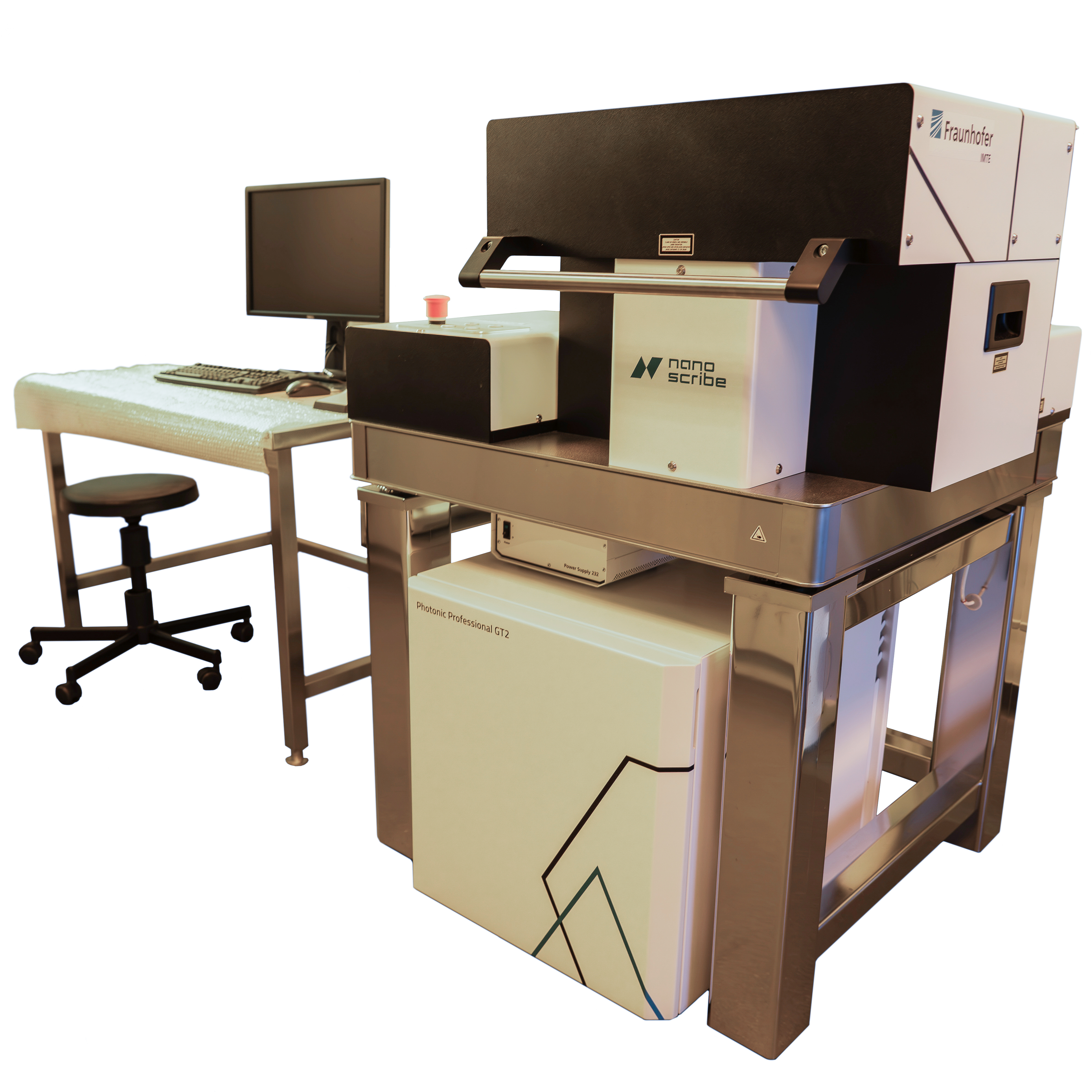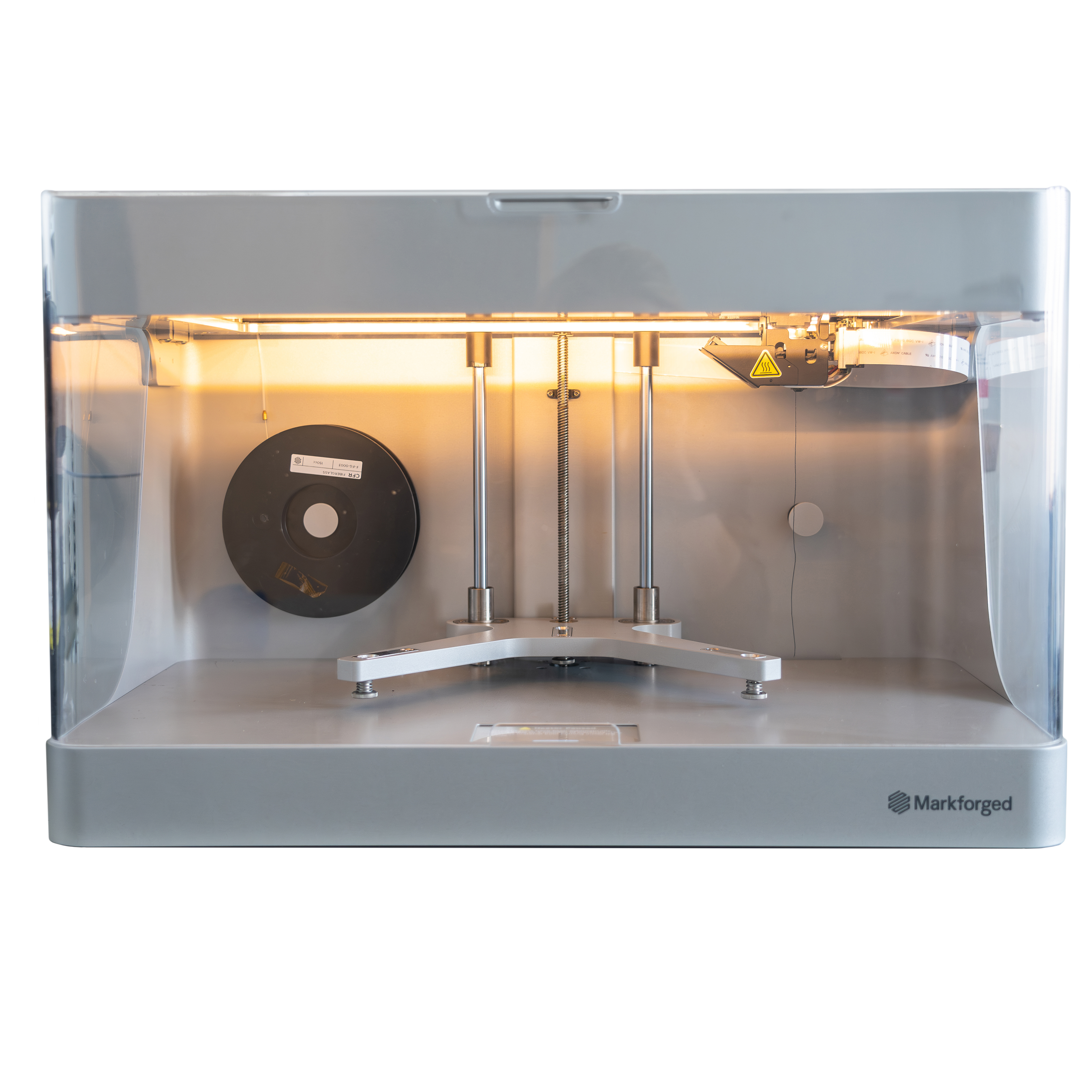Workspace
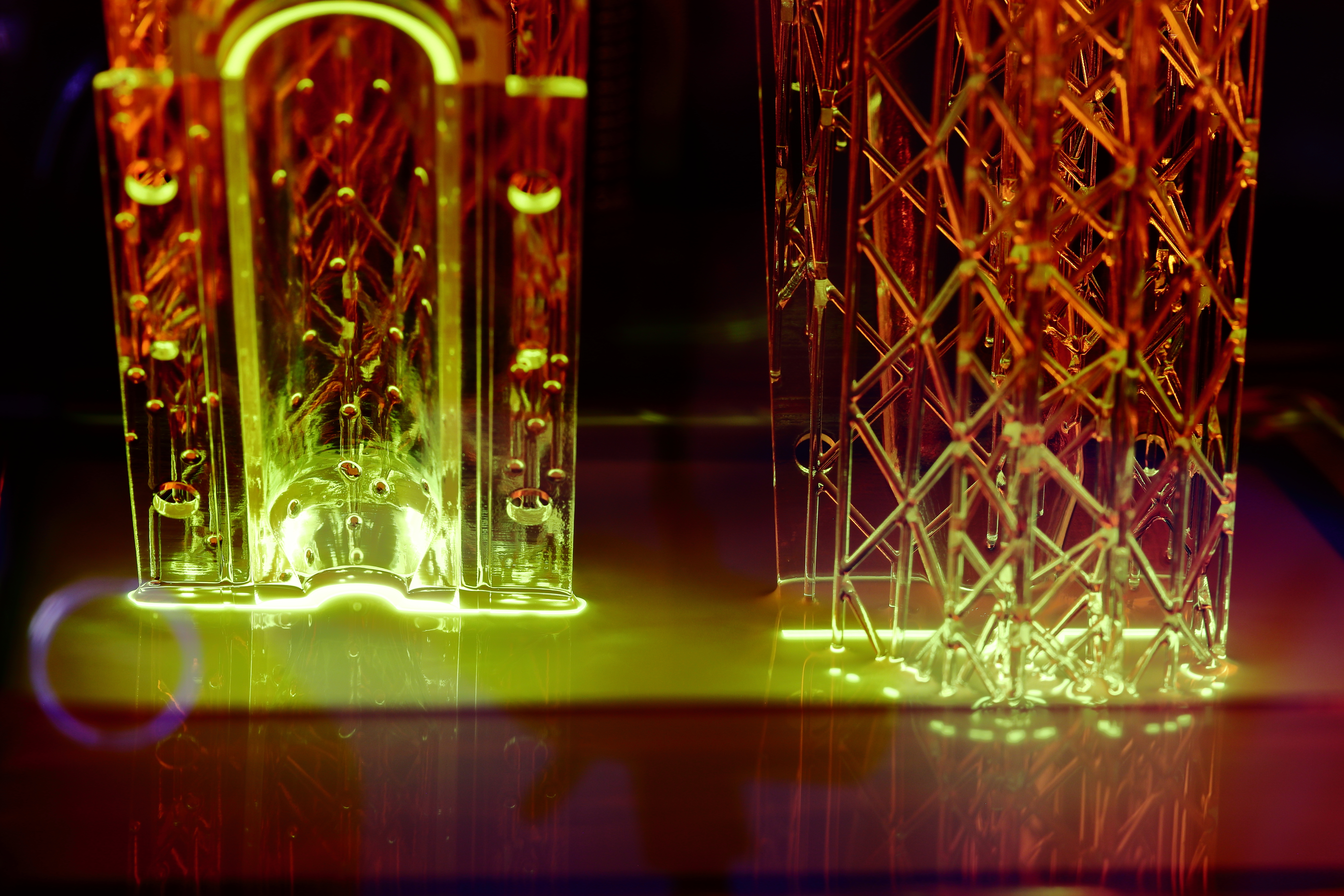
The possibilities offered by additive manufacturing - also known as 3D printing - have evolved greatly through the technical development of the last three decades. With this, the influence on research and development in countless areas of life is also growing. However, the trend of development is also clearly moving in the direction of industrial application. In the field of medical technology, 3D printing is accelerating the development of new methods through shortened development cycles, but also because highly integrated components enable solutions that would be difficult to implement conventionally. In combination with the three-dimensional data sets from imaging modalities such as CT, MRI and ultrasound, which have become standard in everyday clinical practice, there are promising synergies here. The data can be used to make a diagnosis, which then provides a pathway through patient-specific models and simulations to ensure the best possible care. Consequently, in individualised therapy, 3D printing based on patient-specific three-dimensional image data can enable the customised treatment of even very specific defects.
